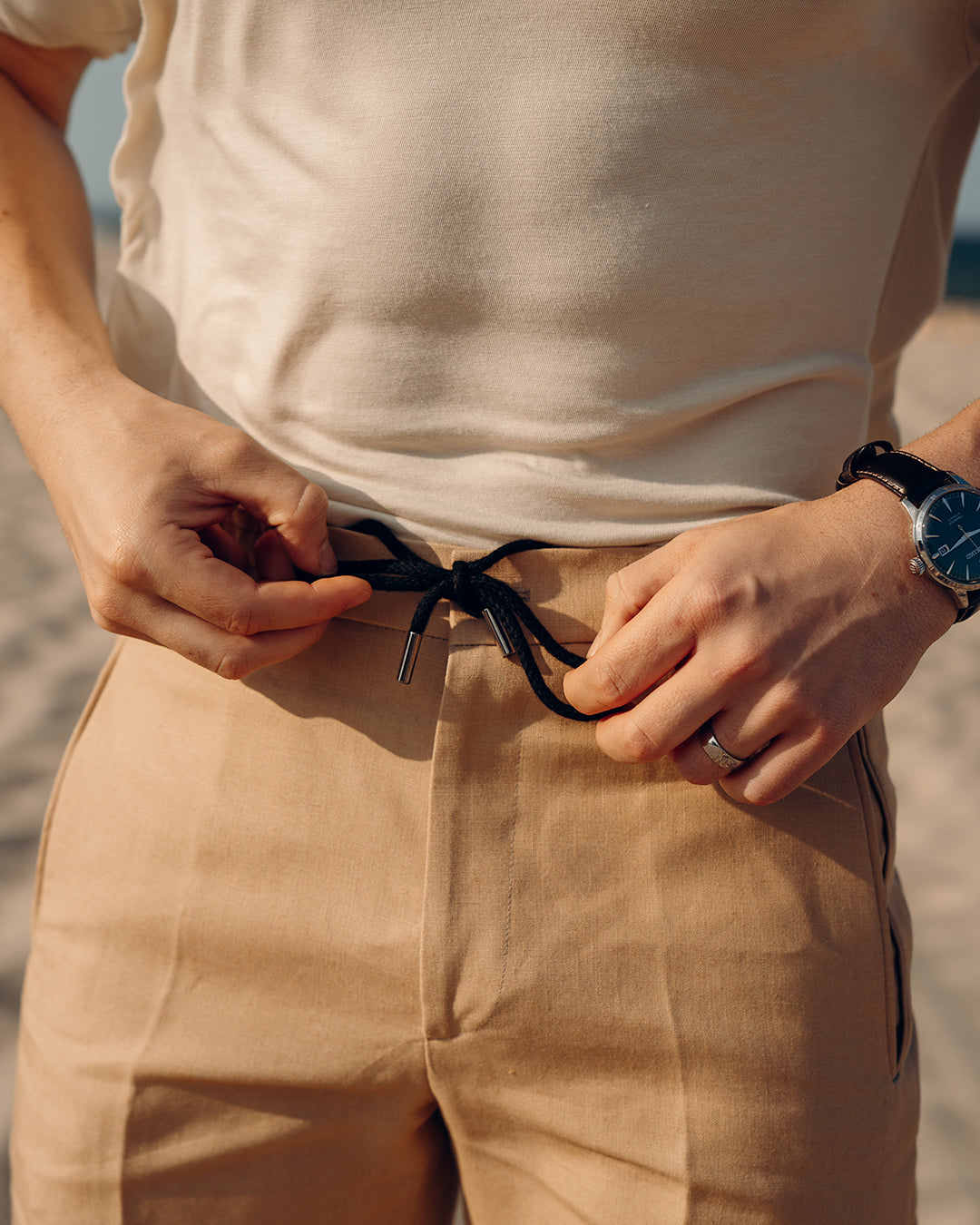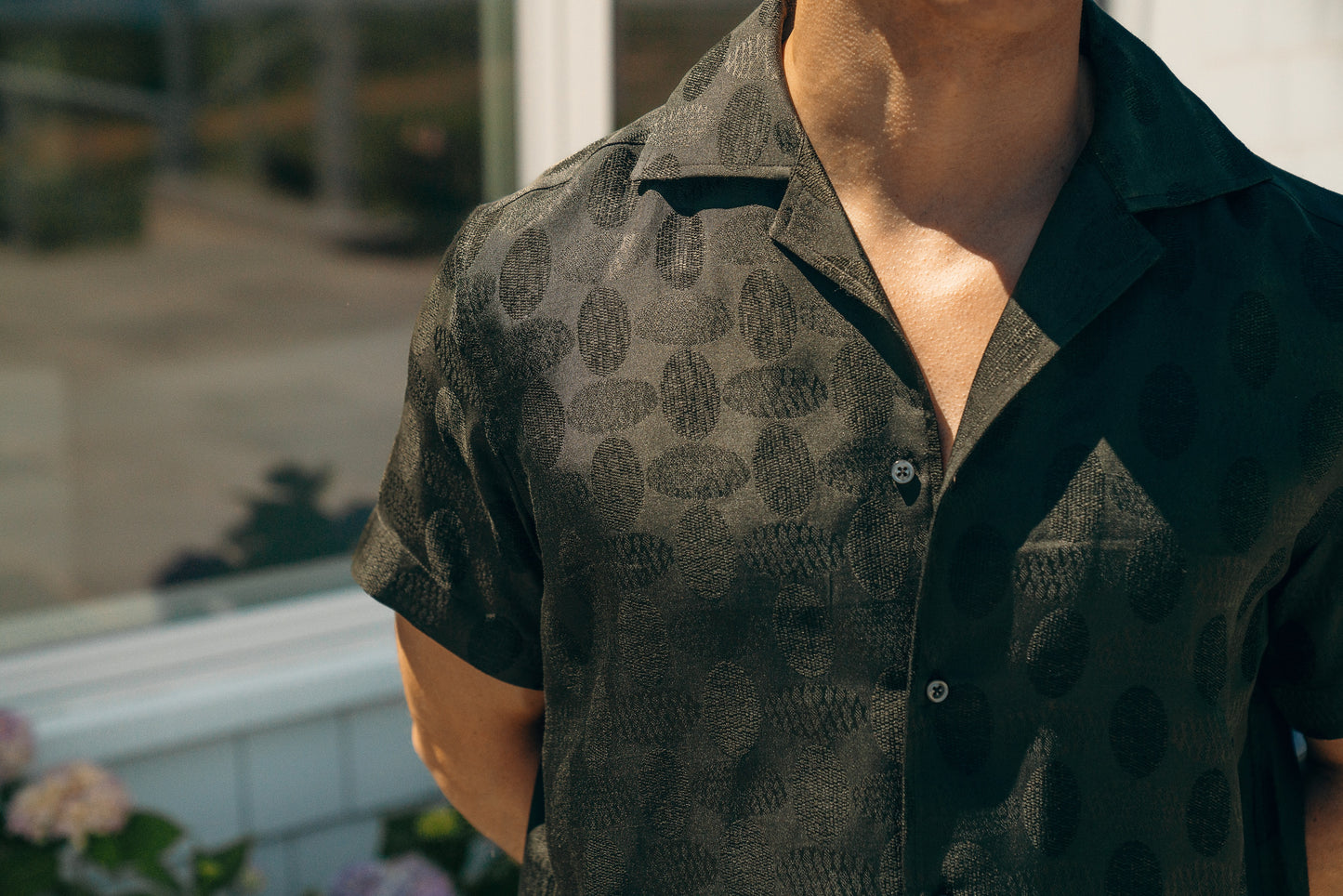
Spring is here, and that means it’s time to shift away from heavyweight denim towards lighter
weight trousers or, in many cases, chinos. But what’s a chino? And where did they come from?
While today the word “chino” has become interchangeable with trousers or khakis, the word
itself has a specific connotation rooted in the history of the West. Beginning in the 1800s, the
British military was interested in finding new, hardwearing fabrics to replace the traditional
heavyweight wools that had been used in military uniforms up to that point. At the same time,
Western imperialism was reaching its’ peak. In a quest for more natural resources to fuel
industrialization, and amid concerns about territorial expansion, America and Western European
nations began gobbling up foreign territories, transforming them into colonial acquisitions
tethered to the mother country.
A key target amid this landgrab was China. European missionaries first entered China in the
1500s, hoping to convert the native population to Christianity, but it wasn’t until the 1800s that
internal crises among the ruling Qing dynasty allowed the intrusion of Western powers. Forcing
the Chinese government into unequal treaties after several military victories, England secured
access to Hong Kong and other Chinese ports, allowing trade between other British colonial
conquests and China to begin.
Among these trade goods was a new, rugged cotton fabric that was well-suited to military
uses. Simple, comfortable and breathable, the fabric was dyed in earth tones, and blended into
natural landscapes better than the traditional bright wool trouser colors in a primitive example
of catalogue. Soldiers, enamored of the fabric, called it “chino,” based on its national origins in
China.
Two hundred years later, chinos are appealing for the same reasons, and the fabric name has
become synonymous with the pant itself. They’re comfortable, they wear well, and they’re easy
to dress up and down – equally at home with a t-shirt as they are with a tucked in shirt. While
traditionally chinos were produced in a range of tan, brown and green fabrics, today they can
found in virtually any color, and can add an exciting pop to otherwise dull outfit.
weight trousers or, in many cases, chinos. But what’s a chino? And where did they come from?
While today the word “chino” has become interchangeable with trousers or khakis, the word
itself has a specific connotation rooted in the history of the West. Beginning in the 1800s, the
British military was interested in finding new, hardwearing fabrics to replace the traditional
heavyweight wools that had been used in military uniforms up to that point. At the same time,
Western imperialism was reaching its’ peak. In a quest for more natural resources to fuel
industrialization, and amid concerns about territorial expansion, America and Western European
nations began gobbling up foreign territories, transforming them into colonial acquisitions
tethered to the mother country.
A key target amid this landgrab was China. European missionaries first entered China in the
1500s, hoping to convert the native population to Christianity, but it wasn’t until the 1800s that
internal crises among the ruling Qing dynasty allowed the intrusion of Western powers. Forcing
the Chinese government into unequal treaties after several military victories, England secured
access to Hong Kong and other Chinese ports, allowing trade between other British colonial
conquests and China to begin.
Among these trade goods was a new, rugged cotton fabric that was well-suited to military
uses. Simple, comfortable and breathable, the fabric was dyed in earth tones, and blended into
natural landscapes better than the traditional bright wool trouser colors in a primitive example
of catalogue. Soldiers, enamored of the fabric, called it “chino,” based on its national origins in
China.
Two hundred years later, chinos are appealing for the same reasons, and the fabric name has
become synonymous with the pant itself. They’re comfortable, they wear well, and they’re easy
to dress up and down – equally at home with a t-shirt as they are with a tucked in shirt. While
traditionally chinos were produced in a range of tan, brown and green fabrics, today they can
found in virtually any color, and can add an exciting pop to otherwise dull outfit.



